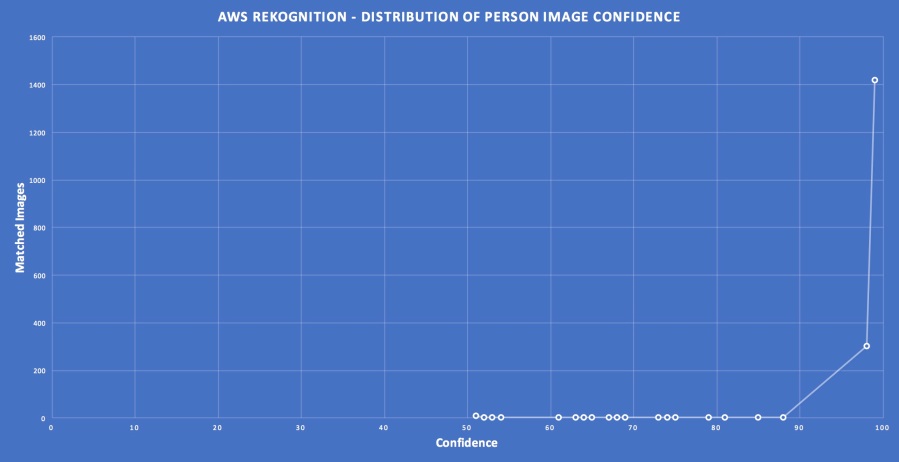Time for an update on my ongoing person identification in images project; for all the background you can check out these previous posts:
Analyzing AWS Rekognition Accuracy with Neo4j
AWS Rekognition Graph Analysis – Person Label Accuracy
Person Recognition: OpenCV vs. AWS Rekognition
In my earlier serverless series I discussed and provided code for getting images into S3 and processed by AWS Rekognition – including storing the Rekognition label data in DynamoDB.
This post builds on all of those concepts.
In short – I’ve been collecting comparative data on person recognition using AWS Rekognition and OpenCV and storing that data in Neo4j for analysis.
Continue reading “Person Recognition in Images with OpenCV & Neo4j”

